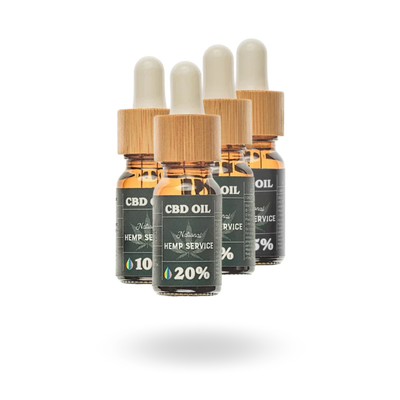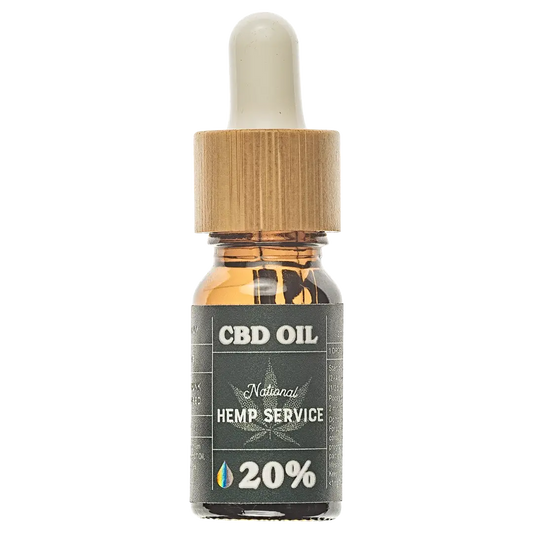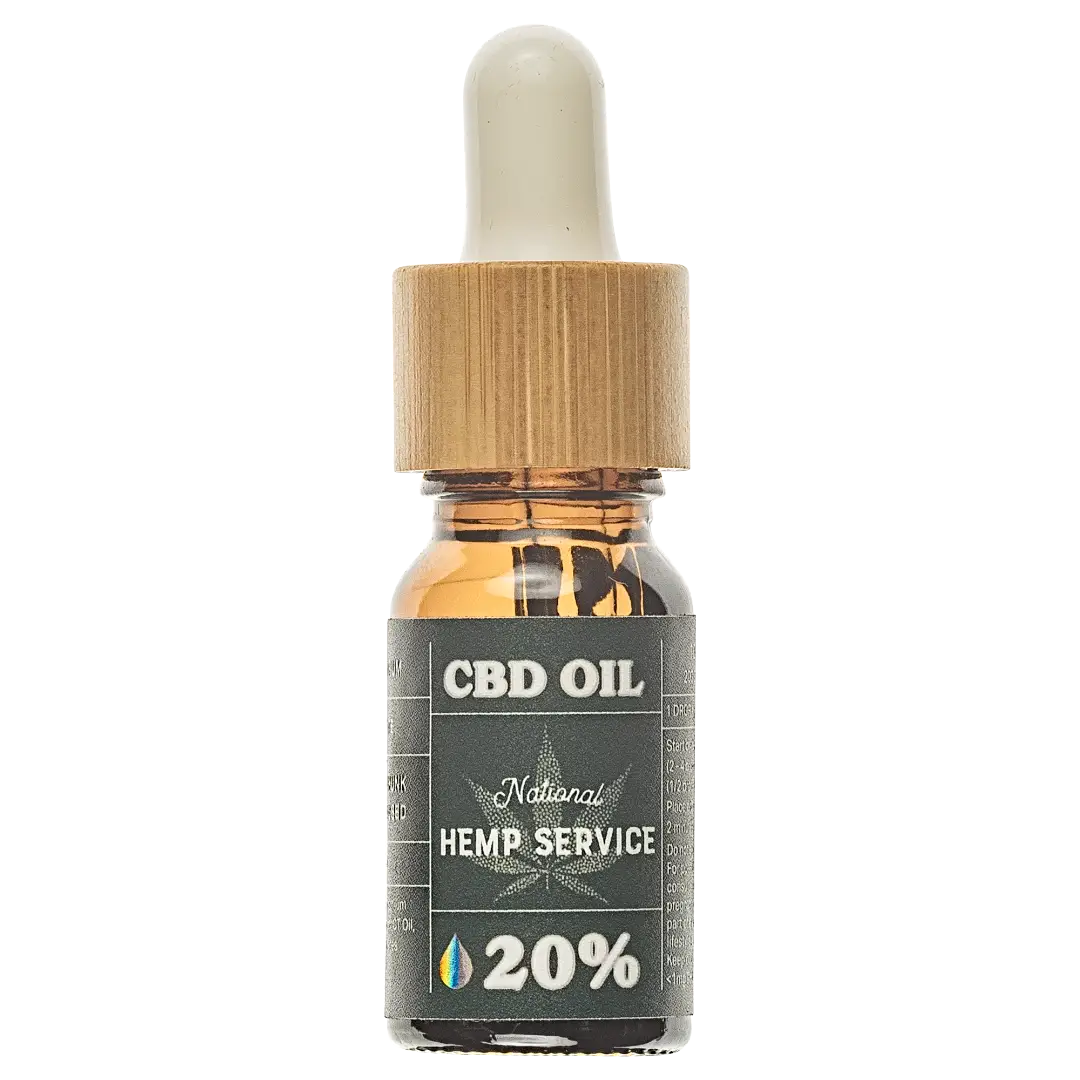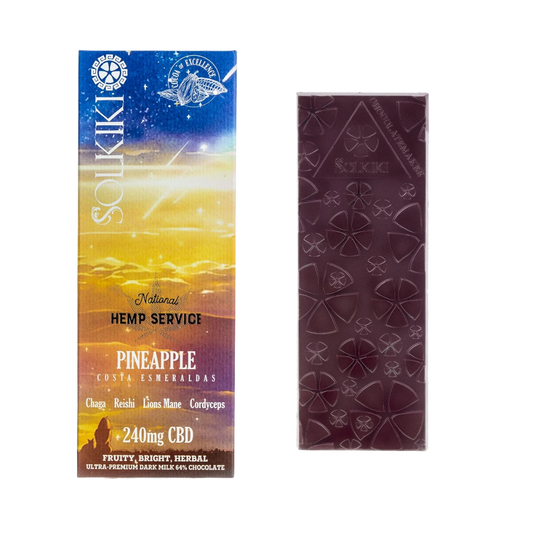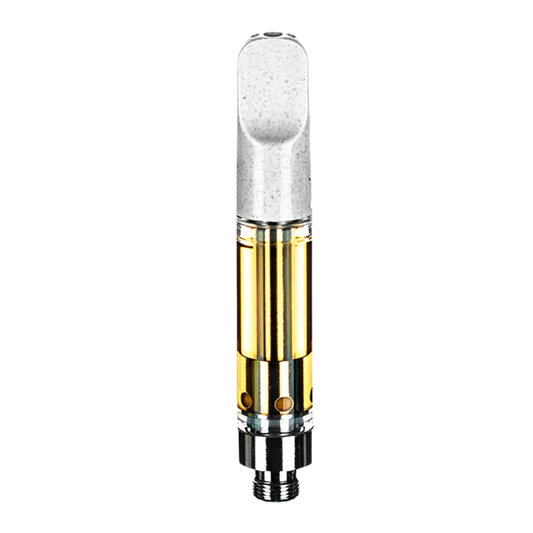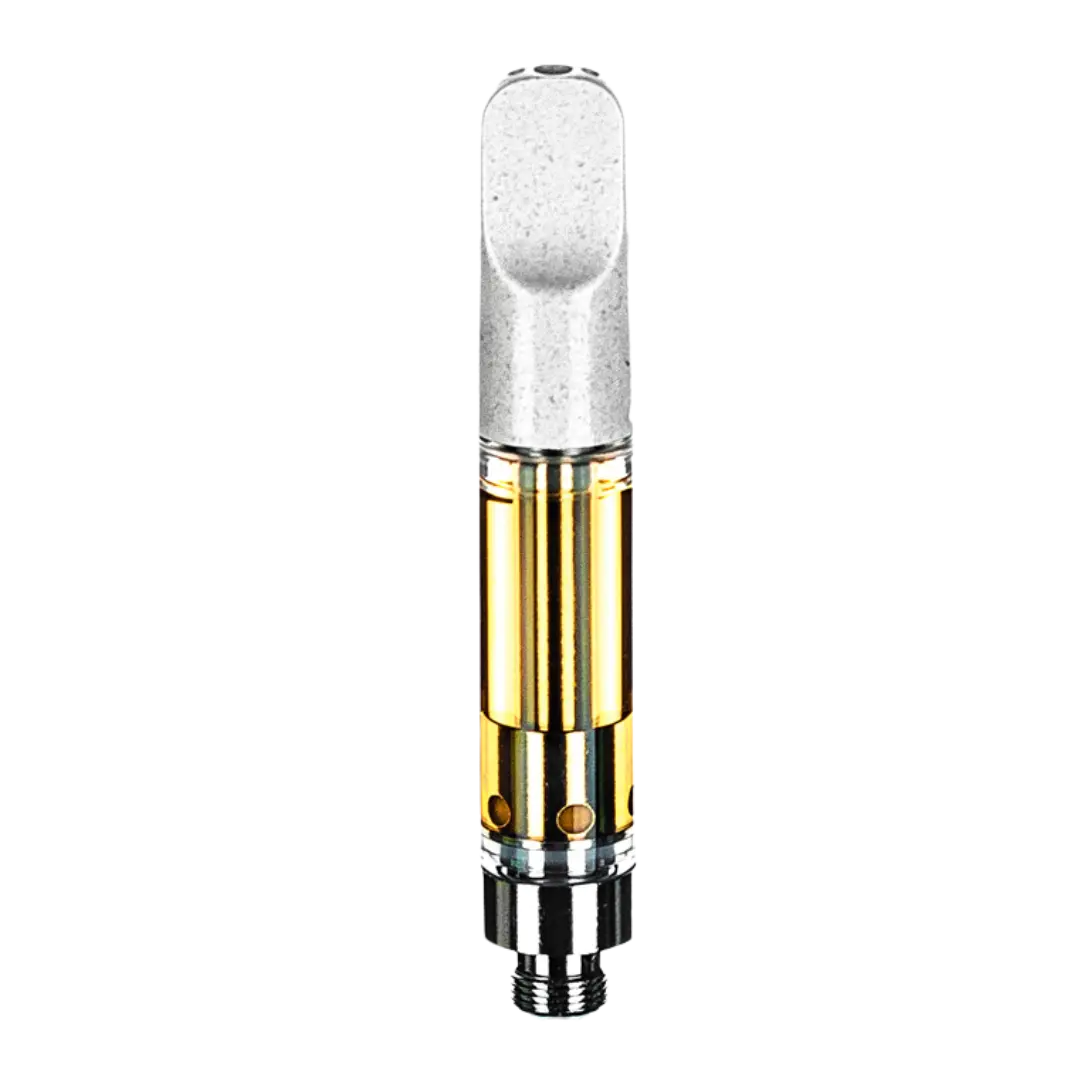This is an AI generated blog, this content is provided for informational purposes only and should not be relied upon for any specific purpose without verification of its accuracy or completeness.
Best Way to Use CBD for Pain Relief: Expert Tips and Dosage Guidelines
If you're dealing with chronic pain, you may have heard of CBD as a possible solution. CBD, or cannabidiol, is a compound found in the cannabis plant that millions have claimed to have potential pain-relieving properties. While research is ongoing, many people have reported finding relief from their pain after using CBD.
One of the most common ways to use CBD for pain relief is by taking CBD oil. CBD oil is made by extracting CBD from the cannabis plant and mixing it with a carrier oil, such as coconut or hemp seed oil. It can be taken orally by placing a few drops under your tongue or added to food and drinks. CBD oil is available in a variety of strengths and concentrations, so it's important to choose a product that's right for you.
Another way to use CBD for pain relief is by using topical products, such as creams and balms. These products are applied directly to the skin and can be used to target specific areas of pain and inflammation. While topical CBD products may not be as effective as CBD oil for overall pain relief, they can be a good option for localized pain. It's important to choose a high-quality product that contains enough CBD to be effective.
Understanding CBD and Its Mechanisms for Pain Management
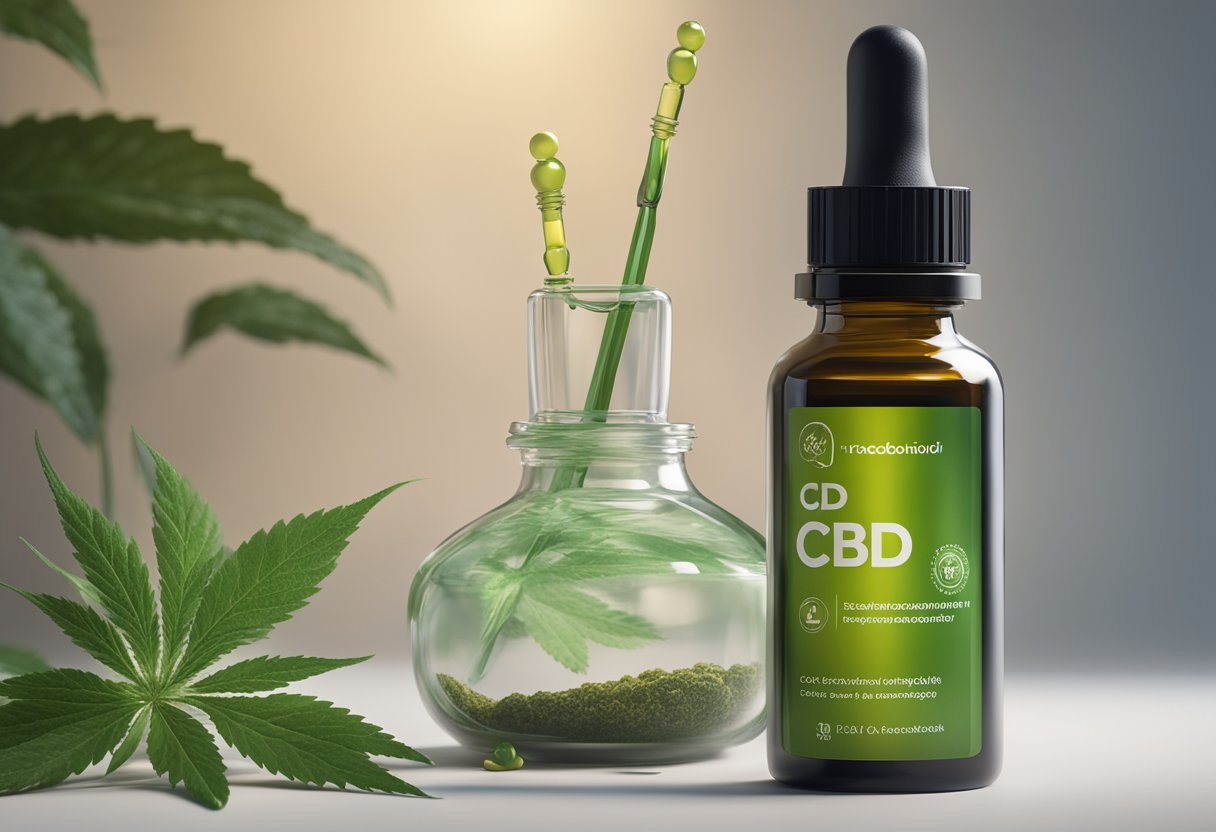
The Science Behind CBD
Cannabidiol (CBD) is a type of cannabinoid found in the cannabis plant. Unlike tetrahydrocannabinol (THC), which is also a cannabinoid, CBD does not produce a psychoactive effect, meaning it does not make you high.
CBD interacts with the endocannabinoid system (ECS) in the body, which plays a crucial role in regulating various physiological functions, including pain, mood, appetite, and sleep. CBD has been found to have anti-inflammatory and analgesic properties, making it a promising treatment option for chronic pain.
CBD vs THC: Differences and Synergies
While both CBD and THC are cannabinoids, they have different effects on the body. THC is known for its psychoactive effects, while CBD does not produce a high. However, both cannabinoids have been found to have analgesic properties and may work together synergistically to provide pain relief.
The Endocannabinoid System and Pain
The ECS is a complex system of receptors and neurotransmitters that plays a crucial role in regulating pain. The body produces its own cannabinoids, such as anandamide, which bind to endocannabinoid receptors in the ECS to help regulate pain.
CBD interacts with the ECS by inhibiting the breakdown of anandamide, allowing it to bind to endocannabinoid receptors and provide pain relief. Additionally, CBD has been found to reduce inflammation, which can also contribute to pain.
In conclusion, CBD has shown promise as a treatment option for chronic pain due to its anti-inflammatory and analgesic properties. By interacting with the ECS, CBD can help regulate pain and reduce inflammation. While more research is needed to fully understand the mechanisms behind CBD's pain-relieving effects, it is a promising option for those seeking natural pain relief.
Types of CBD Products for Pain Relief

Topical CBD Applications
Topical CBD products are applied directly to the skin and can be used to relieve pain in specific areas of the body. They are available in various forms, including creams, balms, salves, and lotions. Topical CBD products are absorbed through the skin and provide localized relief without the psychoactive effects of THC.
Topical CBD products are a popular choice for people with arthritis, muscle and joint pain, and skin conditions. They are easy to use, and their effects can be felt quickly. Some popular topical CBD products include CBD creams, balms, and salves.
Oral CBD: Capsules, Tinctures, and Edibles
Oral delivery methods of CBD include capsules, tinctures, and edibles. Oral CBD products are ingested and absorbed through the digestive system. They provide systemic relief and are a good option for people with chronic pain.
CBD capsules are pre-measured and easy to use. They provide a consistent dose of CBD and are a discreet option for people who do not want to draw attention to themselves. CBD tinctures are a liquid form of CBD that can be taken sublingually or added to food or drinks. They are a fast-acting option for people who need immediate relief.
CBD edibles are a tasty and convenient way to consume CBD. They come in various forms, including gummies, chocolates, and baked goods. Edibles are a discreet option for people who do not want to draw attention to themselves.
Inhalation Methods: Vaping and Smoking
Inhalation methods of CBD include vaping and smoking. These methods provide fast-acting relief and are a good option for people who need immediate relief. However, they are not a good option for people with respiratory issues.
CBD vape pens are a popular option for people who want to inhale CBD. They are easy to use and provide a consistent dose of CBD. CBD oil can also be smoked using a vaporizer or pipe.
Overall, the choice of delivery method depends on personal preferences, the type of pain, and the severity of the pain. It is important to consult with a healthcare professional before using any CBD products for pain relief.
Determining the Right CBD Dosage for Pain

CBD is a natural compound that has been found to be effective in managing chronic pain. However, it is essential to determine the right dosage for your body to get the desired results. Here are some tips on how to determine the right CBD dosage for pain.
Starting with Low Dosages
It is always recommended to start with a low dosage when using CBD for the first time. A low dosage will help you determine how your body reacts to the compound. You can start with 2-5 mg of CBD per day and gradually increase the dosage until you find the right amount that works for you.
Factors Affecting CBD Dosage
Several factors can affect the CBD dosage required to manage pain effectively. These factors include your weight, age, sex, and the severity of your pain. It is essential to keep these factors in mind when determining the right CBD dosage for pain.
Titration: Adjusting Dosage Over Time
Titration is the process of adjusting the CBD dosage over time to achieve the desired results. It is essential to monitor the effects of CBD on your body and adjust the dosage accordingly. You can increase the dosage by 2-5 mg per day until you find the right amount that works for you.
When determining the right CBD dosage for pain, it is essential to consider the strength of the product you are using. CBD products come in different strengths, and it is crucial to choose a product that matches your needs. You should also consult with your healthcare provider before starting to use CBD for pain management.
In conclusion, determining the right CBD dosage for pain is essential to get the desired results. Starting with a low dosage, considering the factors that affect CBD dosage, and titration can help you find the right amount that works for you. Remember to consult with your healthcare provider before using CBD for pain management.
Safety, Side Effects, and Interactions
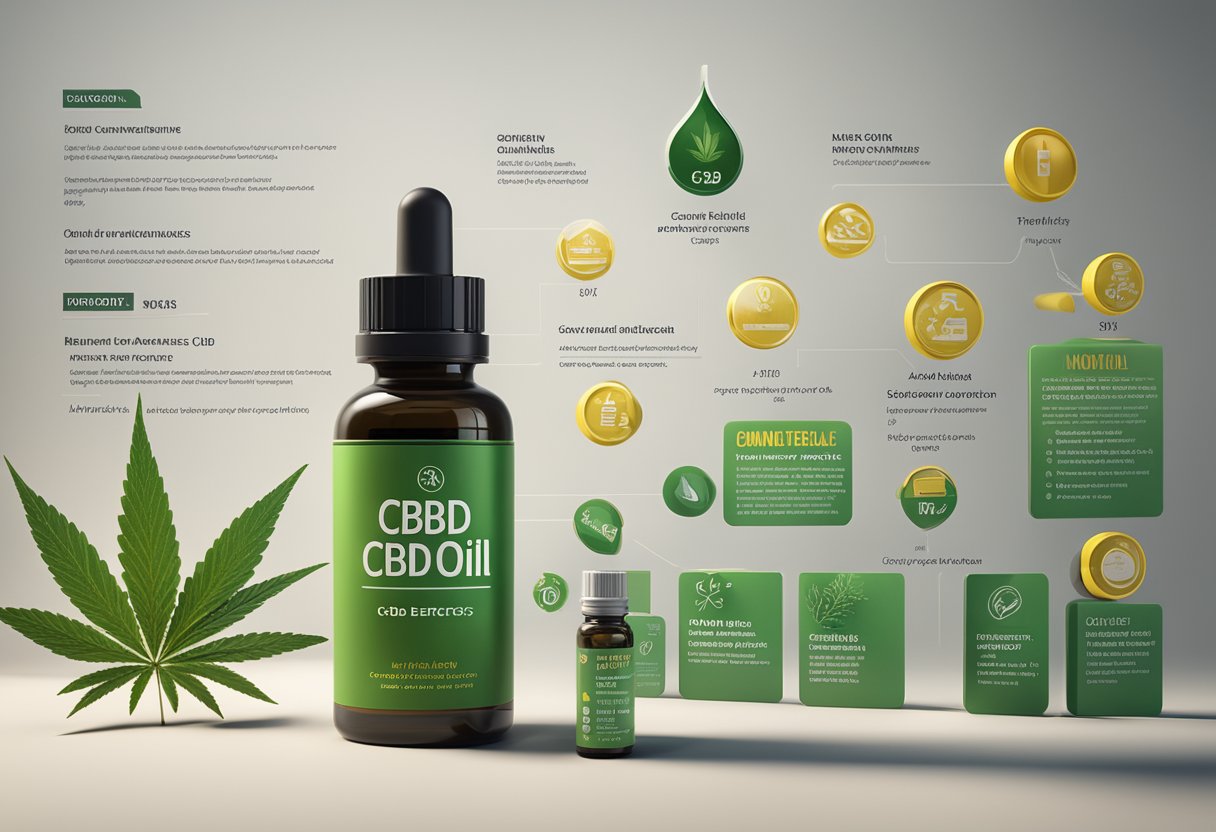
When using CBD for pain relief, it is important to be aware of potential side effects, interactions with medications, and the importance of quality and purity.
Potential Side Effects of CBD
While CBD is generally considered safe, some people may experience side effects. These can include:
- Dry mouth
- Dizziness
- Fatigue
- Changes in appetite or weight
In rare cases, CBD may also cause liver damage. Therefore, it is important to speak with your healthcare provider before using CBD if you have liver disease.
Interactions with Medications
CBD can interact with certain medications, including blood thinners, anticonvulsants, and some antidepressants. It is important to speak with your healthcare provider before using CBD if you are taking any medications.
CBD can also interact with grapefruit and grapefruit juice, which can increase the risk of side effects. Therefore, it is important to avoid consuming grapefruit or grapefruit juice while using CBD.
The Importance of Quality and Purity
When using CBD for pain relief, it is important to choose a high-quality product that has been lab tested for purity and potency. Look for products that have a certificate of analysis (COA) from a third-party lab.
The Food and Drug Administration (FDA) does not regulate CBD products, so it is important to do your own research and choose a reputable brand. Look for products that have been tested for contaminants such as heavy metals and pesticides.
In summary, while CBD can be an effective way to manage pain, it is important to be aware of potential side effects and interactions with medications. Choose a high-quality product that has been lab tested for purity and potency to ensure that you are getting a safe and effective product.
Frequently Asked Questions

What methods are most effective for taking CBD to alleviate pain?
There are several methods for taking CBD to alleviate pain, including oral ingestion, inhalation, and topical application. Oral ingestion of CBD can be done through capsules, tinctures, or edibles. Inhalation of CBD can be done through vaping or smoking. Topical application of CBD can be done through creams, lotions, or balms. The most effective method for taking CBD to alleviate pain varies from person to person, and it is recommended to consult with a healthcare professional to determine the best method for you.
Which CBD product type offers the greatest relief for chronic discomfort?
CBD products come in various forms, including full-spectrum, broad-spectrum, and isolate. Full-spectrum CBD products contain all the cannabinoids, terpenes, and flavonoids found in the hemp plant, while broad-spectrum CBD products contain all the cannabinoids and terpenes found in the hemp plant except for THC. CBD isolate products contain only CBD. There is no clear evidence to suggest that any one type of CBD product offers greater relief for chronic discomfort. It is recommended to consult with a healthcare professional to determine the best CBD product for you.
When during the day should one administer CBD to optimise pain management?
There is no set time of day to administer CBD to optimise pain management. It is recommended to take CBD at the same time each day to establish a routine and to monitor the effects of the CBD. It is also recommended to consult with a healthcare professional to determine the best time of day to take CBD for pain management.
How quickly can one expect to perceive pain relief after consuming CBD?
The time it takes to perceive pain relief after consuming CBD varies from person to person. Some people may perceive pain relief immediately, while others may take several days or weeks to perceive pain relief. It is recommended to consult with a healthcare professional to determine the expected time frame for pain relief after consuming CBD.
Are there specific dosages of CBD recommended for managing pain?
There is no specific dosage of CBD recommended for managing pain. Dosage varies from person to person and depends on factors such as body weight, metabolism, and the severity of the pain. It is recommended to start with a low dosage of CBD and gradually increase the dosage until the desired effect is achieved. It is also recommended to consult with a healthcare professional to determine the best dosage of CBD for pain management.
Can the regular use of CBD lead to improved long-term pain management?
There is limited research on the long-term effects of CBD on pain management. However, some studies suggest that regular use of CBD may lead to improved long-term pain management. It is recommended to consult with a healthcare professional to determine the best long-term pain management strategy for you.





